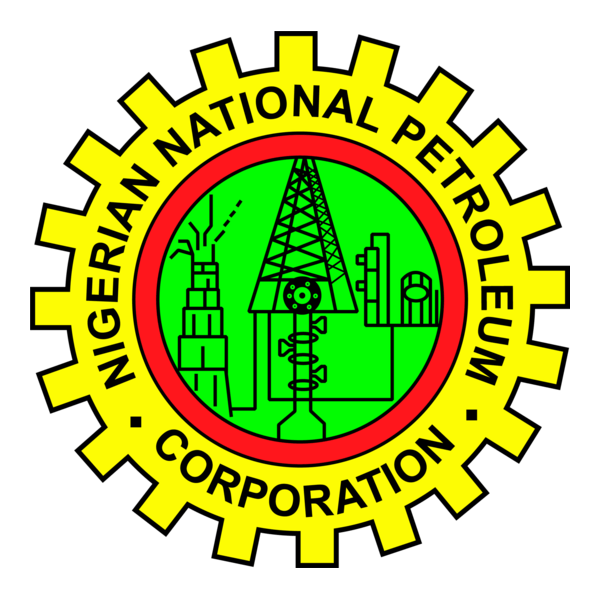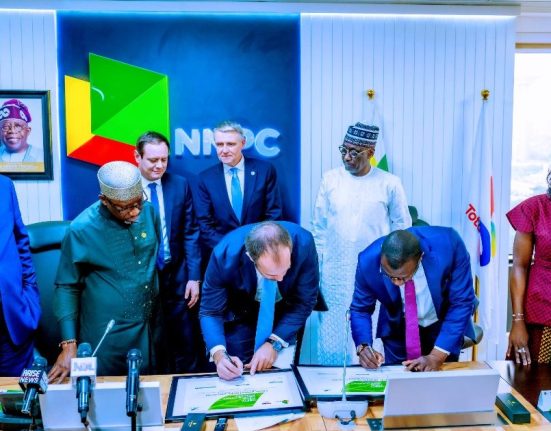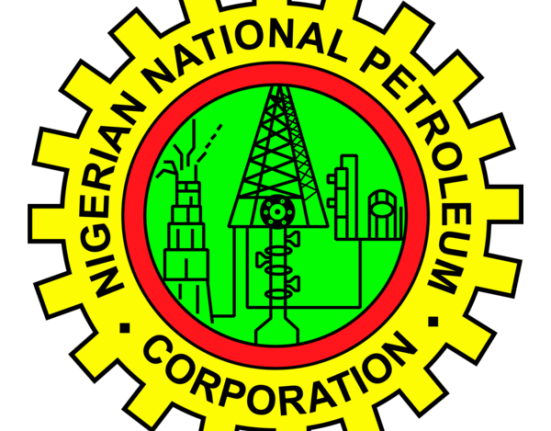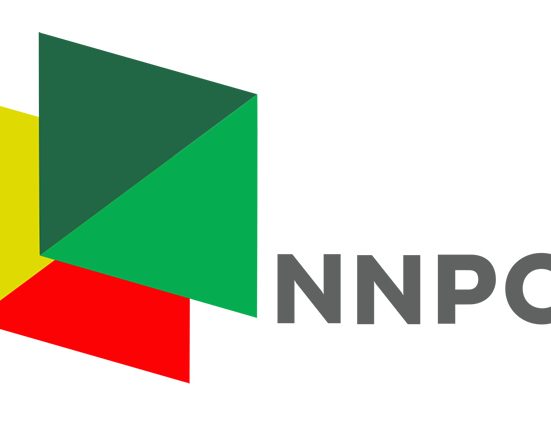The Nigerian National Petroleum Company Limited (NNPCL) is once again under intense scrutiny following the shutdown of the Warri Refining and Petrochemical Company (WRPC), just weeks after it was declared operational, despite consuming nearly $900 million in rehabilitation costs.
The controversy emerged after a document from the Nigerian Midstream and Downstream Petroleum Regulatory Authority (NMDPRA), obtained in April 2025, revealed that the Warri refinery has remained non-operational since January 25, 2025. The shutdown was reportedly due to safety concerns linked to a critical fault in the plant’s Crude Distillation Unit (CDU) Main Heater.
This revelation has sparked outrage and disappointment among energy experts and industry stakeholders, many of whom have questioned the transparency, project execution, and general accountability within NNPCL. The plant’s closure comes barely a month after former NNPCL Group Chief Executive Officer, Mele Kyari, had confidently announced that the refinery was up and running, even stating that skeptics would be proven wrong through visual confirmation of its operations.
The 125,000-barrel-per-day capacity facility located in the Ekpan, Uvwie, and Ubeji areas of Warri was said to have restarted operations on December 30, 2024, after being dormant for decades. Commissioned in 1978, the refinery was originally built to supply refined petroleum products to Nigeria’s southern and southwestern regions. It also has the capacity to produce up to 13,000 metric tonnes of polypropylene and 18,000 metric tonnes of carbon black annually.
At the official recommissioning, President Bola Ahmed Tinubu praised the national oil company for the rehabilitation, describing it as a strategic move to strengthen Nigeria’s energy security and self-sufficiency. He emphasized that the restart aligned with his Renewed Hope Agenda aimed at shared economic prosperity and boosting Nigeria’s fuel exports.
However, the new regulatory report contradicts this optimism. It confirms that the refinery has not processed crude or produced any Premium Motor Spirit (PMS) since its shutdown in January. Despite the NNPCL’s earlier claims that the plant was operating at 60 percent capacity and preparing to ramp up output, the latest findings suggest a much grimmer reality.
In a similar development, the Port Harcourt Refinery, which resumed production in November 2024 after undergoing a $1.5 billion rehabilitation project funded by an international loan facility, has also failed to meet expectations. According to NMDPRA data, the facility has been operating below 43 percent capacity over the past six months.
Though initially praised by stakeholders, including the Petroleum Products Retail Outlets Owners Association of Nigeria, for operating non-stop for 180 days, actual figures suggest otherwise. The facility, with a 60,000-barrel-per-day capacity, produced a monthly average of just 82.55 million litres of refined products, falling short of its estimated optimal capacity of 218 million litres. These figures sharply contrast with NNPCL spokesperson Femi Soneye’s assertion in November 2024 that the plant was running at 70 percent capacity, with expectations to reach 90 percent soon.
Production breakdown further exposes the inconsistency. In November 2024, the Port Harcourt refinery generated only 9.51 million litres of products—just 24.9 percent of its potential output. Although production surged in December to 108 million litres, that figure still represented less than 40 percent of its expected 286.2 million litres monthly capacity. Output peaked in January at 120.9 million litres, roughly 42 percent capacity, but began declining again in subsequent months. By mid-April, the refinery had only produced 44.24 million litres, representing 35.7 percent capacity for the month.
In terms of PMS production, the refinery’s performance was erratic. From a low of 4.38 million litres in November, output climbed to 41.76 million litres in January but then declined sharply to just 15.22 million litres by April. Diesel output fared slightly better, peaking at 55.10 million litres in January but tapering to 18.96 million litres halfway into April. Kerosene production also followed a similar pattern, showing inconsistencies month-to-month.
Daily averages mirrored these struggles. In December, the plant achieved a commendable 538,600 litres per day of PMS, but this figure fell to just 85,480 litres in February. By March and April, there was no PMS trucked out at all, despite earlier claims of up to 200 daily truckloads.
While the Port Harcourt refinery managed to maintain some level of production, albeit below expectations, the Warri refinery’s situation appears more dire. Records show that in December and January combined, WRPC managed only minimal output—1.96 million litres of diesel and 2.84 million litres of kerosene in December, followed by 10 million litres of AGO and 12 million litres of HKK in January—before shutting down entirely.
When contacted for clarification, NNPCL’s spokesperson declined to provide a response. However, in a previous February statement, Soneye described the Warri refinery shutdown as part of a scheduled maintenance operation. He denied reports of an explosion and explained that intervention works on certain field instruments were necessary to restore steady and sustainable operations.
“On January 25, 2025, operations at WRPC Area 1 were intentionally curtailed to carry out necessary intervention works on select equipment. These works are essential to ensure the production of specification-finished and intermediate products. Routine maintenance is progressing as planned and operations will resume shortly,” the statement read.
Despite these assurances, critics argue that NNPCL’s consistent underperformance, particularly on major refinery projects that have attracted billions of dollars in investments, reflects poorly on the company’s operational integrity. They believe that the pattern of overpromising and underdelivering must be addressed through institutional reforms and greater accountability.
With energy demands on the rise and Nigeria’s dependence on imported fuel still high, many experts insist that the country cannot afford another failed refinery project. The industry and the general public await more transparency from NNPCL and a clear roadmap for reviving the nation’s refining capacity.







